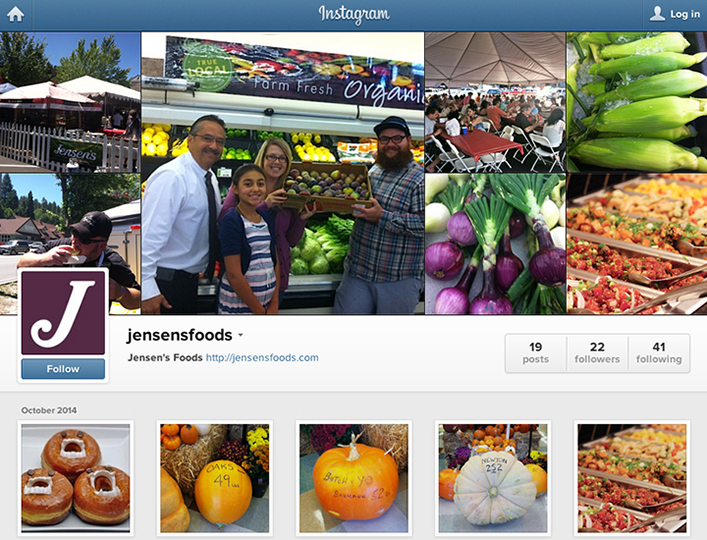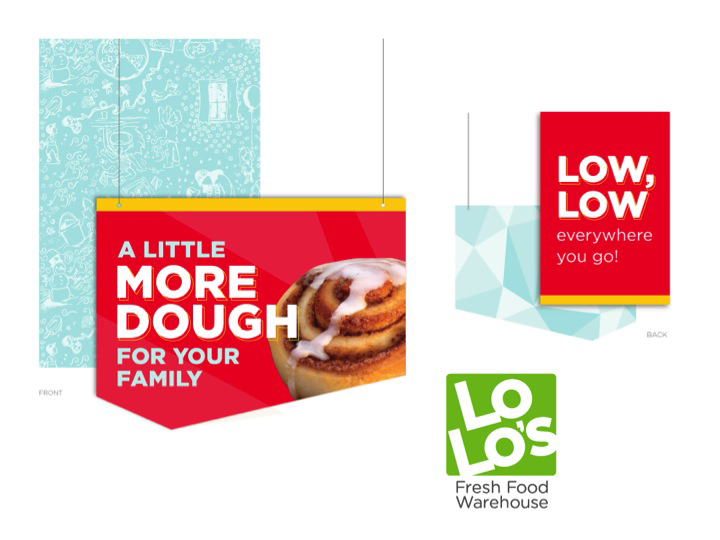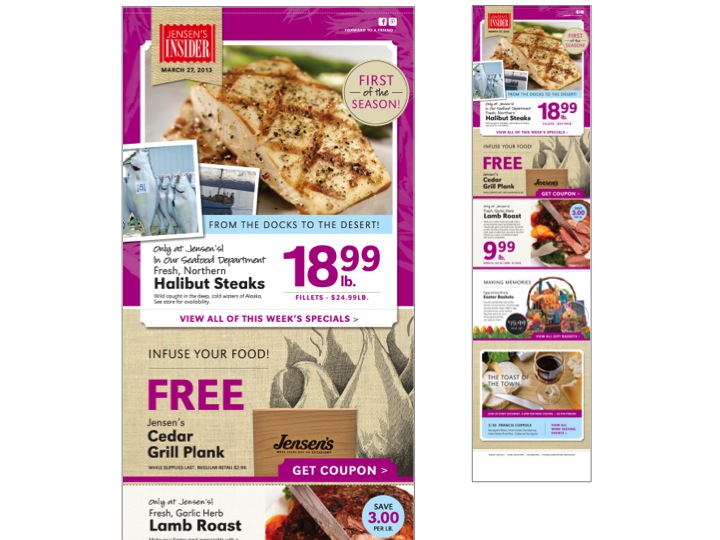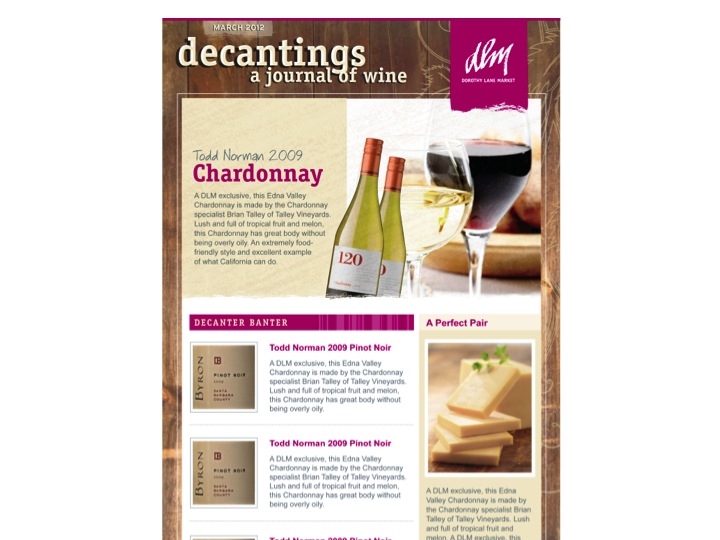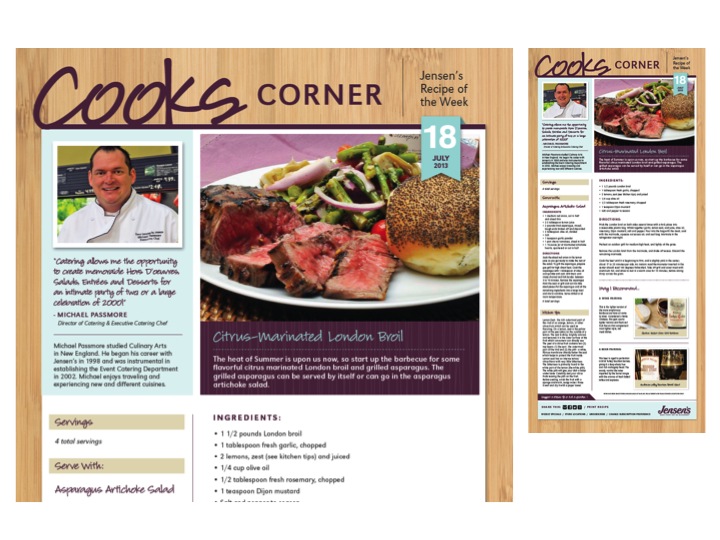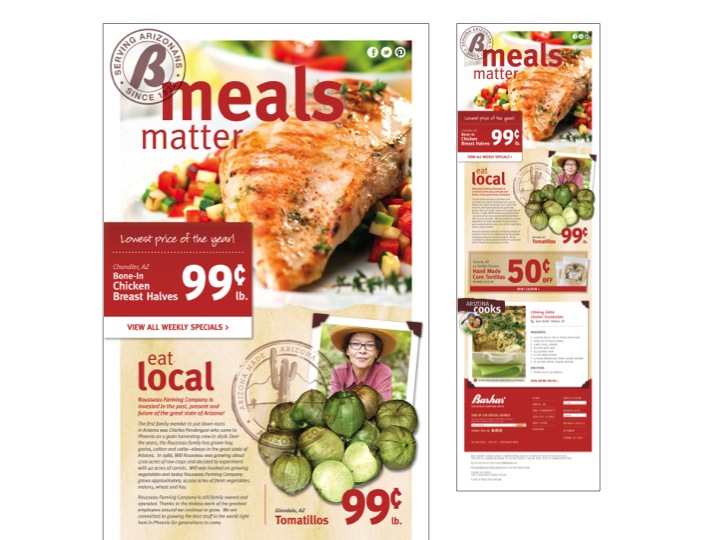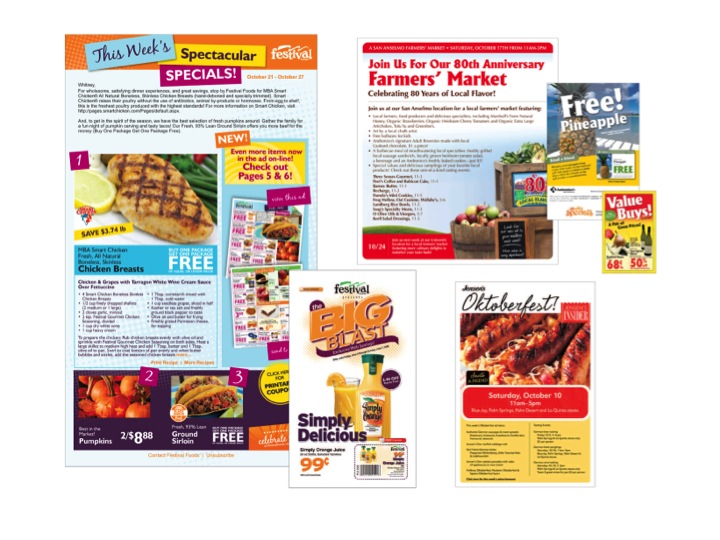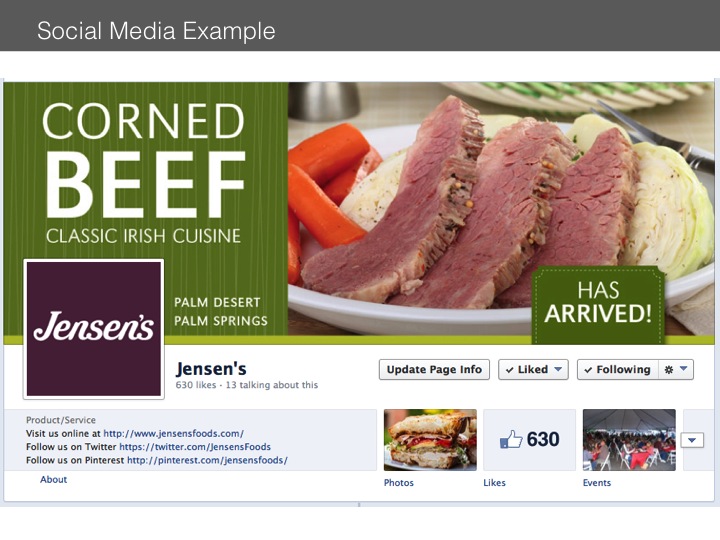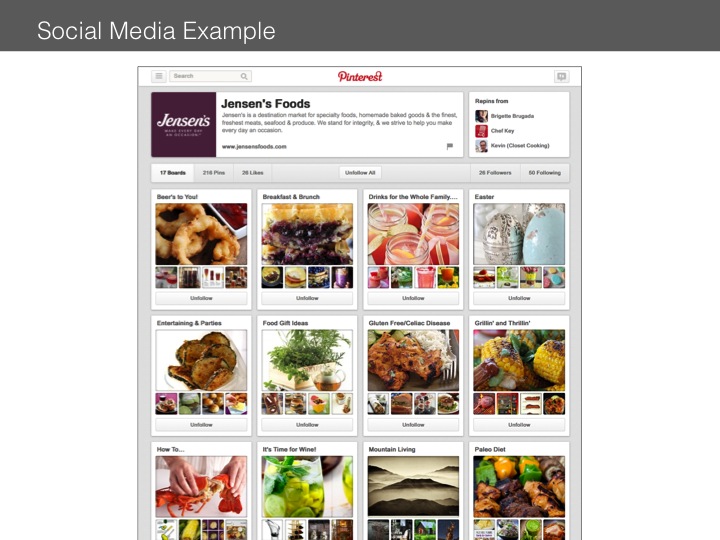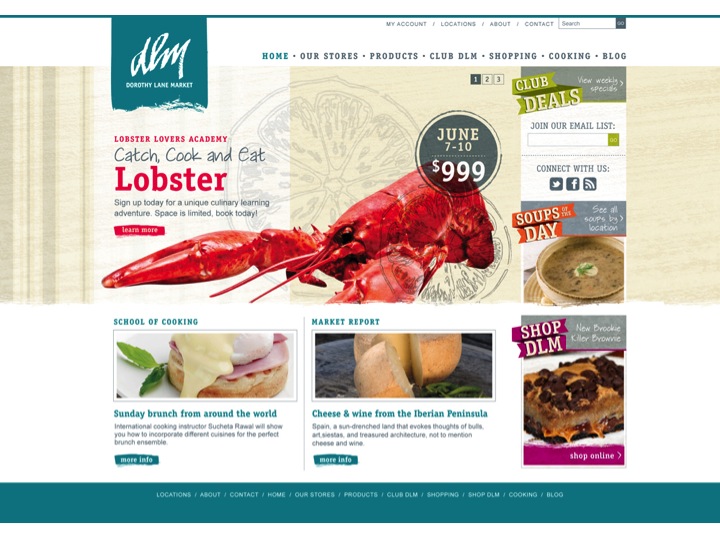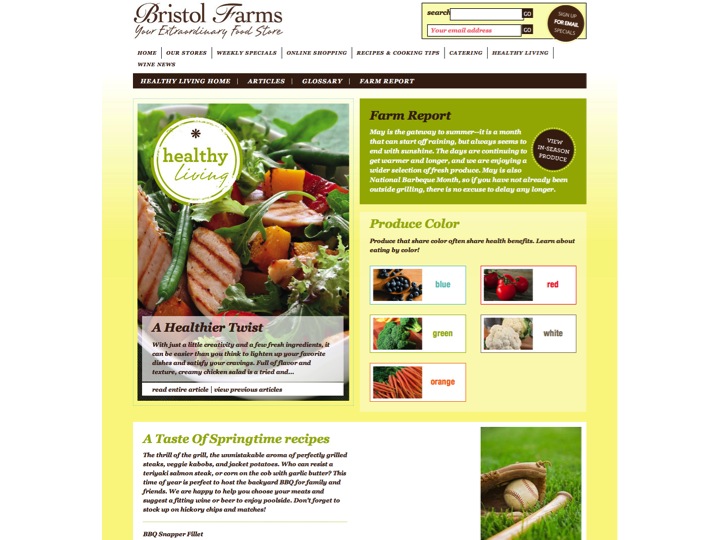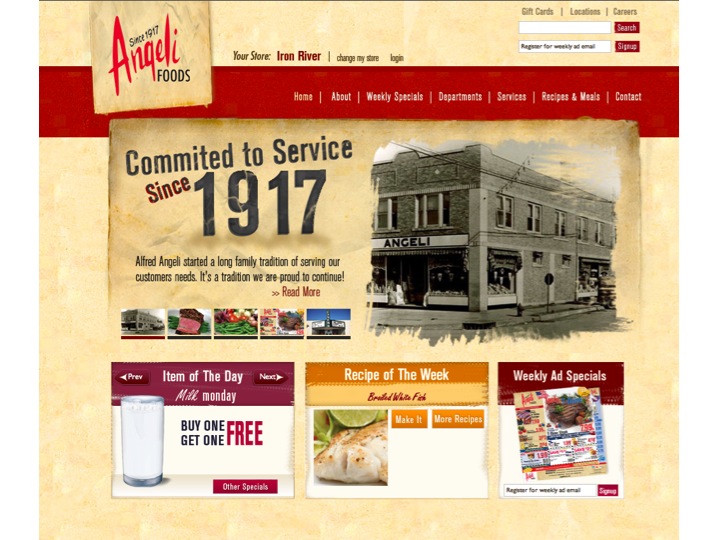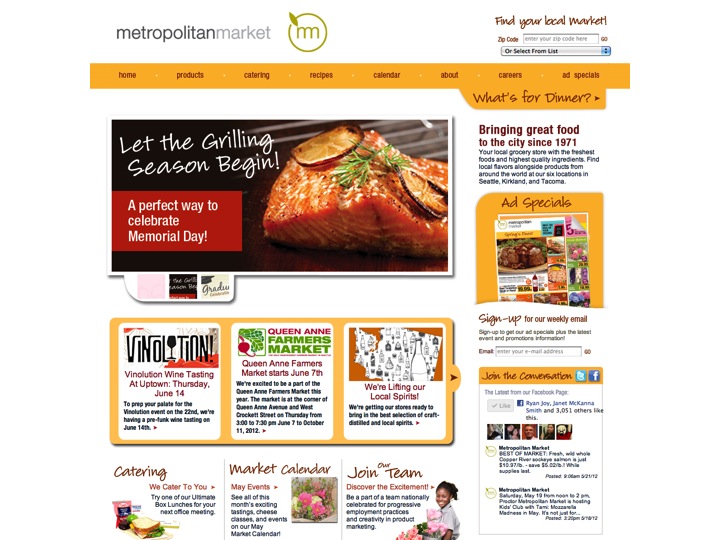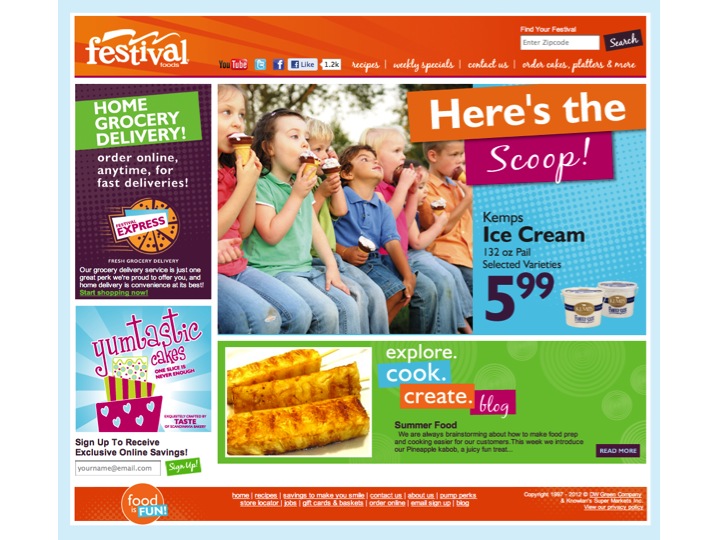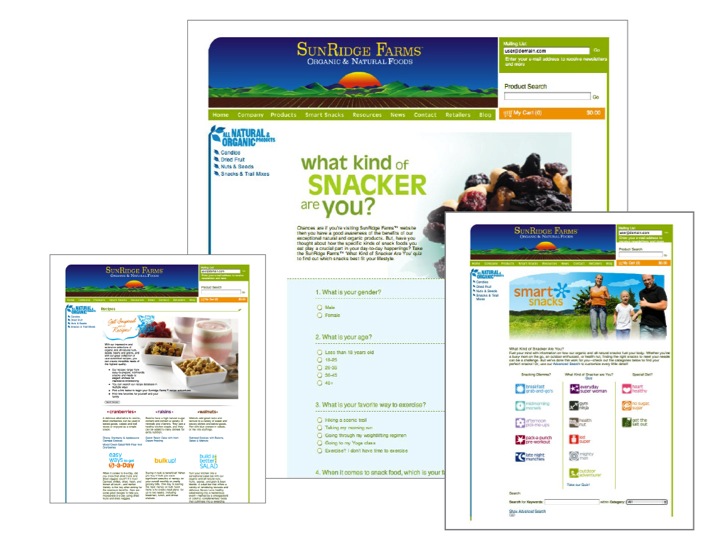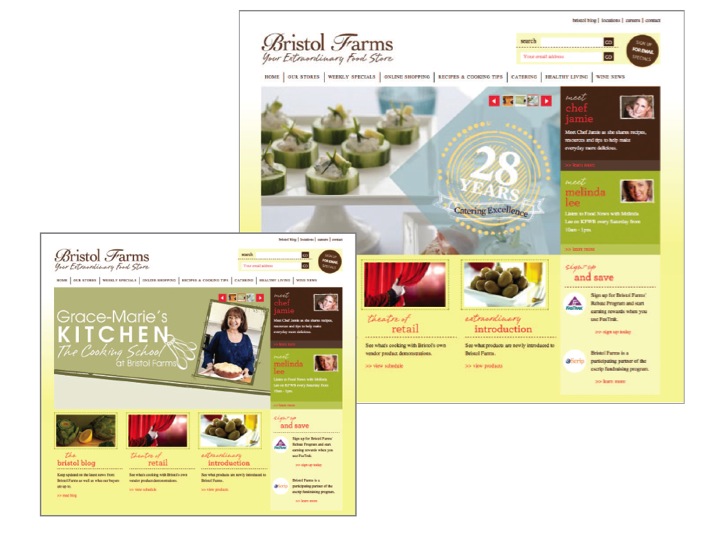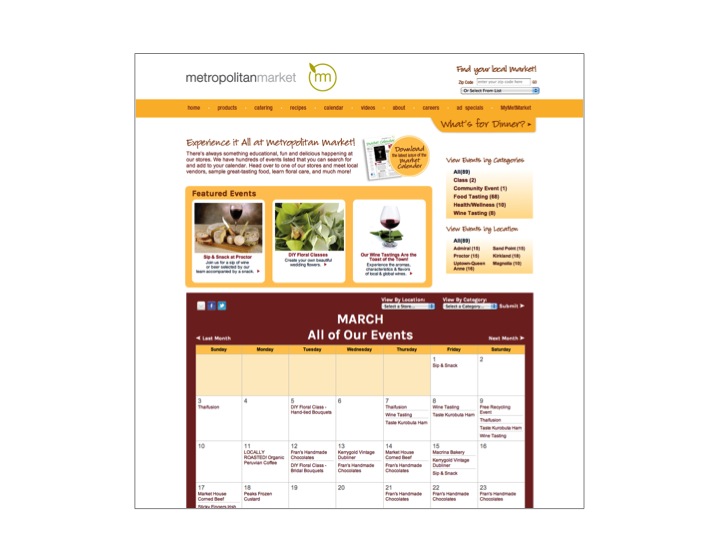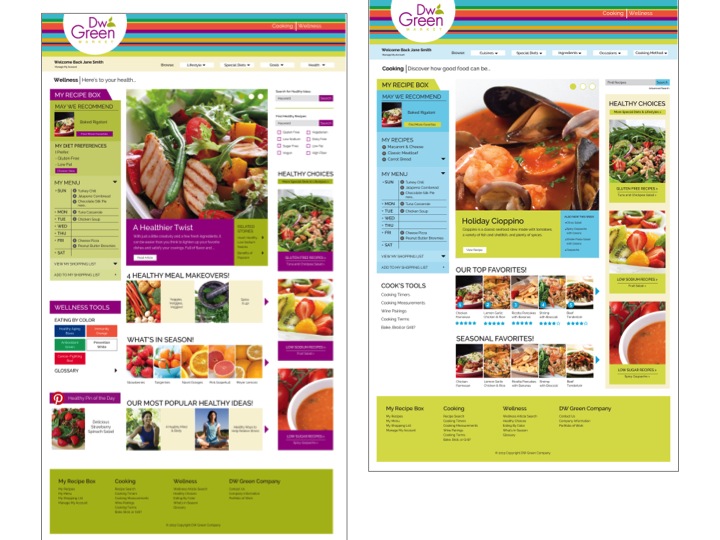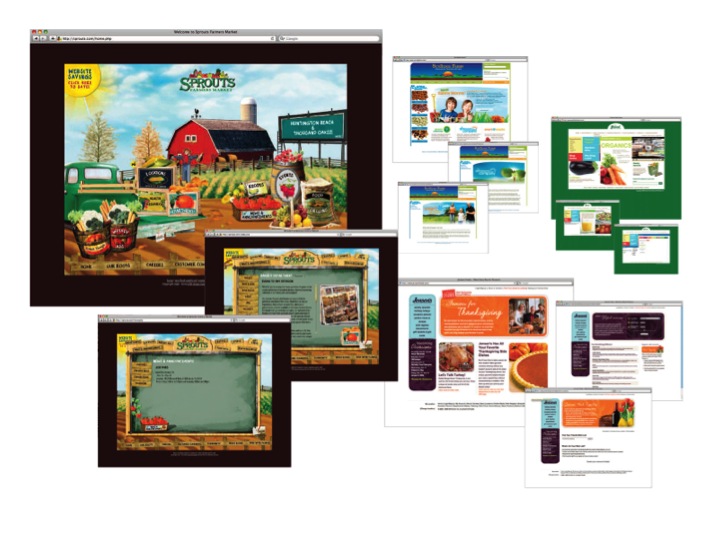DW's Blog
Compelling Customer Experience
by DW Green — September 14, 2010
We believe that “customer experience” is critical, and “getting it right” is obviously key. Like first impressions, you only get one chance to get experience right. Research has shown that experience motivates consumers to action, action that either leads to repurchase or retreat – to another brand, store, etc.
Consumers will continue to choose among a wide array of channels that provide the most compelling experiences relevant for a given occasion. Experiences need not be limited only to highly differentiated specialty retailers (e.g., Whole Foods Market, Central Market, Wegman’s). For many consumers Trader Joe’s and Costco deliver very compelling experiences relevant to pantry stocking and entertaining occasions.
Five dimensions of compelling customer experience are:
1. Authenticity – Authentic experiences need not be sophisticated or elaborate, but they must be believable. Authentic retail experiences encourage unscripted employee/consumer interaction and frank exchange of opinions, beliefs and ideas.
2. Community – Consumers want to feel as if they are part of an experience which extends beyond the level of basic economic transaction. Ideally, consumers desire that their retailers are a reflection of their local way of life in their communities. Consumers want to believe that they are as vested in this experience as the employees themselves – part of a larger community of like-minded individuals.
3. Relevance – Retailers should always remember to ask to ask themselves the important question: Is this action, experience or promotion going to provide something of meaning and/or value for my customer? That which can be construed as entertaining is not necessarily relevant. Entertainment should enhance, complement or support the shopping experience.
4. Sensory – Consumers patronize those retailers able to deliver an attractive, engaging sensory experience. Such experiences should be evaluated based on their ability to engage all five senses: sight, sound, smell, touch and taste. Don’t be so focused on design elements (lighting and shelving) so as to forget that smell and taste elements have a direct link to food (e.g., fresh bread smell in the bakery section).
5. Surprise & discovery – The words surprise and discovery suggest an experience which is both unexpected and special. While the surprise or delight experience does not need to be elaborate, complex or costly, it should at least be genuine. Research indicates that exit experiences are an ideal moment for interjecting surprise and discovery. Consumers suggest that exit experiences are more memorable than entrance or mid-stream experiences. Interesting, research also indicates that exit experiences also benefit customer service perceptions.
Customer experience needs to become a planned activity and employee training is a must.
Filed Under: DW's Blog






